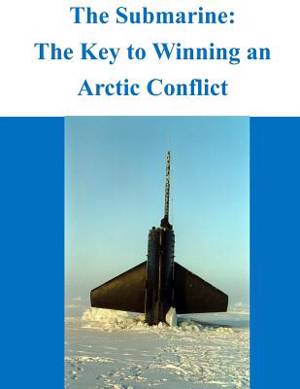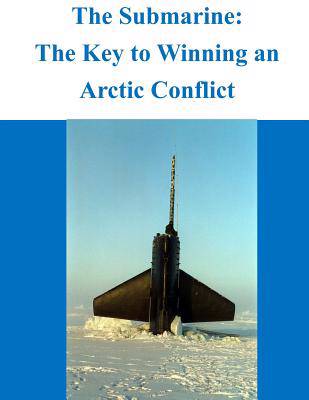
- Afhalen na 1 uur in een winkel met voorraad
- Gratis thuislevering in België vanaf € 30
- Ruim aanbod met 7 miljoen producten
- Afhalen na 1 uur in een winkel met voorraad
- Gratis thuislevering in België vanaf € 30
- Ruim aanbod met 7 miljoen producten
Zoeken
€ 29,45
+ 58 punten
Omschrijving
The effects of global climate change are becoming more apparent in the Arctic than anywhere else on the planet. Warming at a rate almost twice as fast as anywhere else on earth, the melting Arctic ice is providing access to waterways and resources that have not been accessed in recent history. As more and more territory becomes available, the potential for conflict in the region increases. Multiple countries are taking the initial steps for expanding their military defenses in the Arctic region. Like most other Arctic nations, the United States has numerous national and strategic interests in the Arctic and, if a conflict occurs, the Operational Commander will be required to protect these interests. This paper discusses the potential conflict in the Arctic and how the Operational Commander could use the capabilities of the submarine to balance the factors of space, time, and force. This paper concludes with recommendations for the Submarine Force to dedicate specific units for Arctic operations.
Specificaties
Betrokkenen
- Auteur(s):
- Uitgeverij:
Inhoud
- Aantal bladzijden:
- 24
- Taal:
- Engels
Eigenschappen
- Productcode (EAN):
- 9781497459151
- Verschijningsdatum:
- 29/03/2014
- Uitvoering:
- Paperback
- Formaat:
- Trade paperback (VS)
- Afmetingen:
- 216 mm x 279 mm
- Gewicht:
- 81 g

Alleen bij Standaard Boekhandel
+ 58 punten op je klantenkaart van Standaard Boekhandel
Beoordelingen
We publiceren alleen reviews die voldoen aan de voorwaarden voor reviews. Bekijk onze voorwaarden voor reviews.











